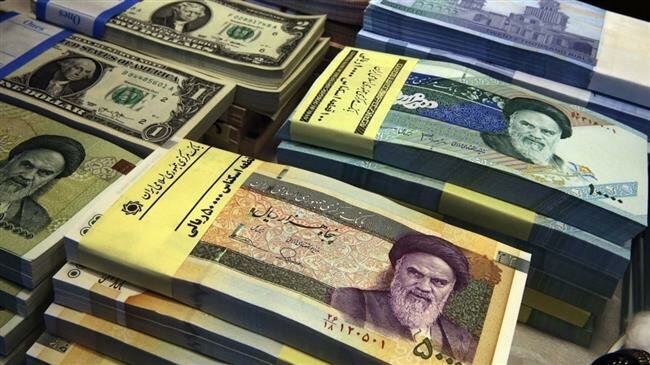Iran’s currency value stable despite new U.S. sanctions

TEHRAN – Iran’s national currency rial has been holding firm over the past few days despite the new U.S. sanctions which have targeted the country’s central bank and its sovereign wealth fund, Press TV reported.
Rial was traded at year-long highs of about 114,000 per U.S. dollar on Sunday, according to currency rate websites and reports from Tehran’s unofficial exchange market.
That came despite an announcement by the U.S. government on Friday which toughened sanctions on the Central Bank of Iran (CBI), while imposing sanctions on the country’s sovereign wealth fund (National Development Fund of Iran (NDFI)) and a company advancing payments for the government agencies.
The sanctions came after attacks on Saudi Arabia’s oil installation on September 14 which cut the kingdom’s production in half and sent shockwaves across the global markets. Washington has blamed Iran for the attacks, accusations roundly rejected by Iranian authorities.
The rial’s strength comes as the currency suffered massively last summer when the U.S. began to impose its sanctions on Iran.
It traded at historic lows of 190,000 against the dollar in September 2018 before it regained some of its value and rose against foreign currencies a month later.
A series of measures adopted by the Iranian government this year helped control the prices in the unofficial market, allowing the rial to trade at a year-long high of 109,000 against the dollar in July.
In late August, the governor of Central Bank of Iran said Iranian rial has been strengthened by over 40 percent against U.S. dollar over an eight-month period.
In an interview with NBC News' Lester Holt, Abdolnasser Hemmati noted that the country’s foreign currency market was stabilizing and under control.
Experts cite the relative stability of the price of rial as a sign of the failure of the American sanctions. They believe Iran has managed to weather the impacts of the sanctions for the time being, allowing the country to further boost economic indicators regardless of growing American economic pressure.
EF/MA
Leave a Comment